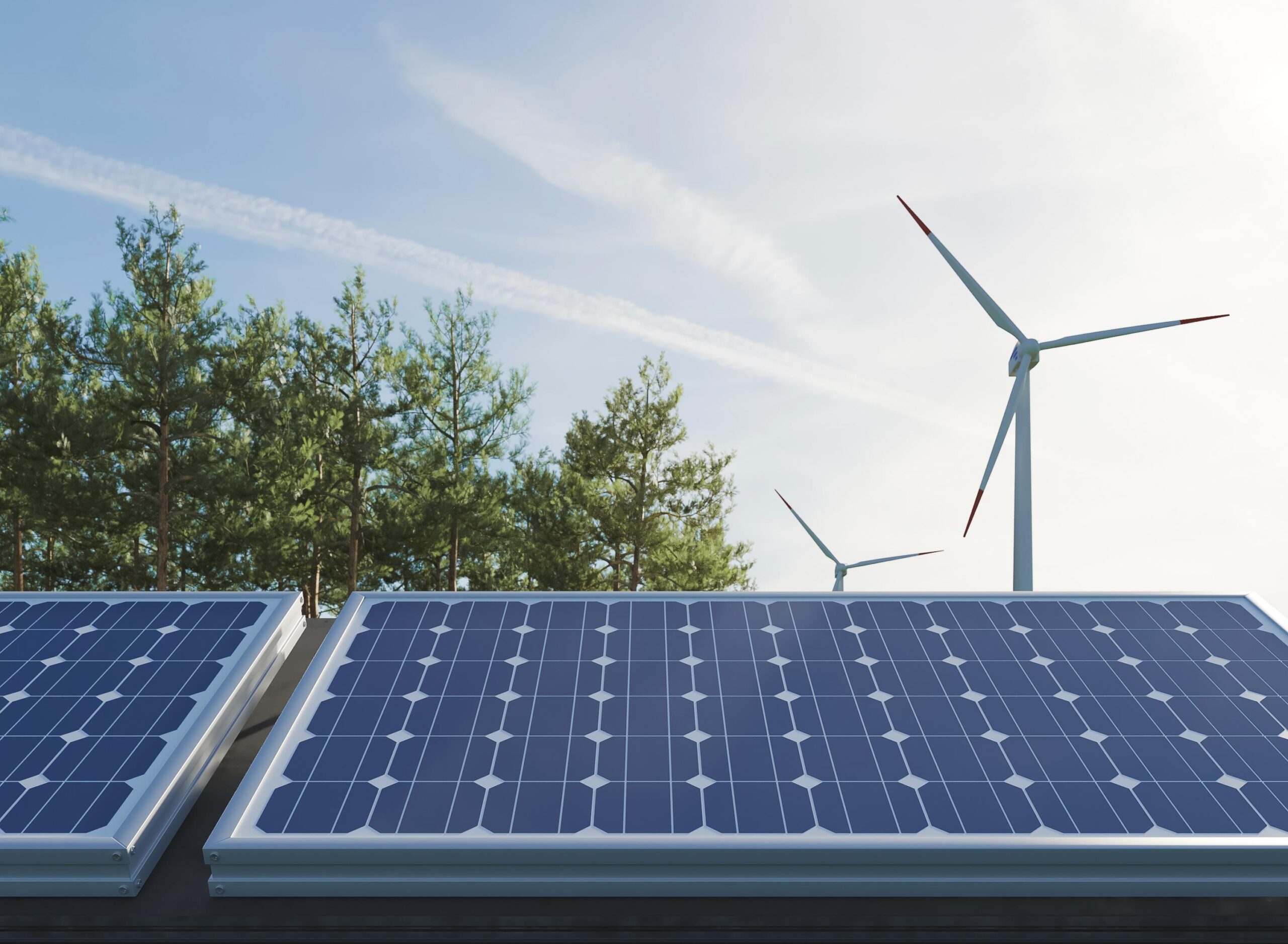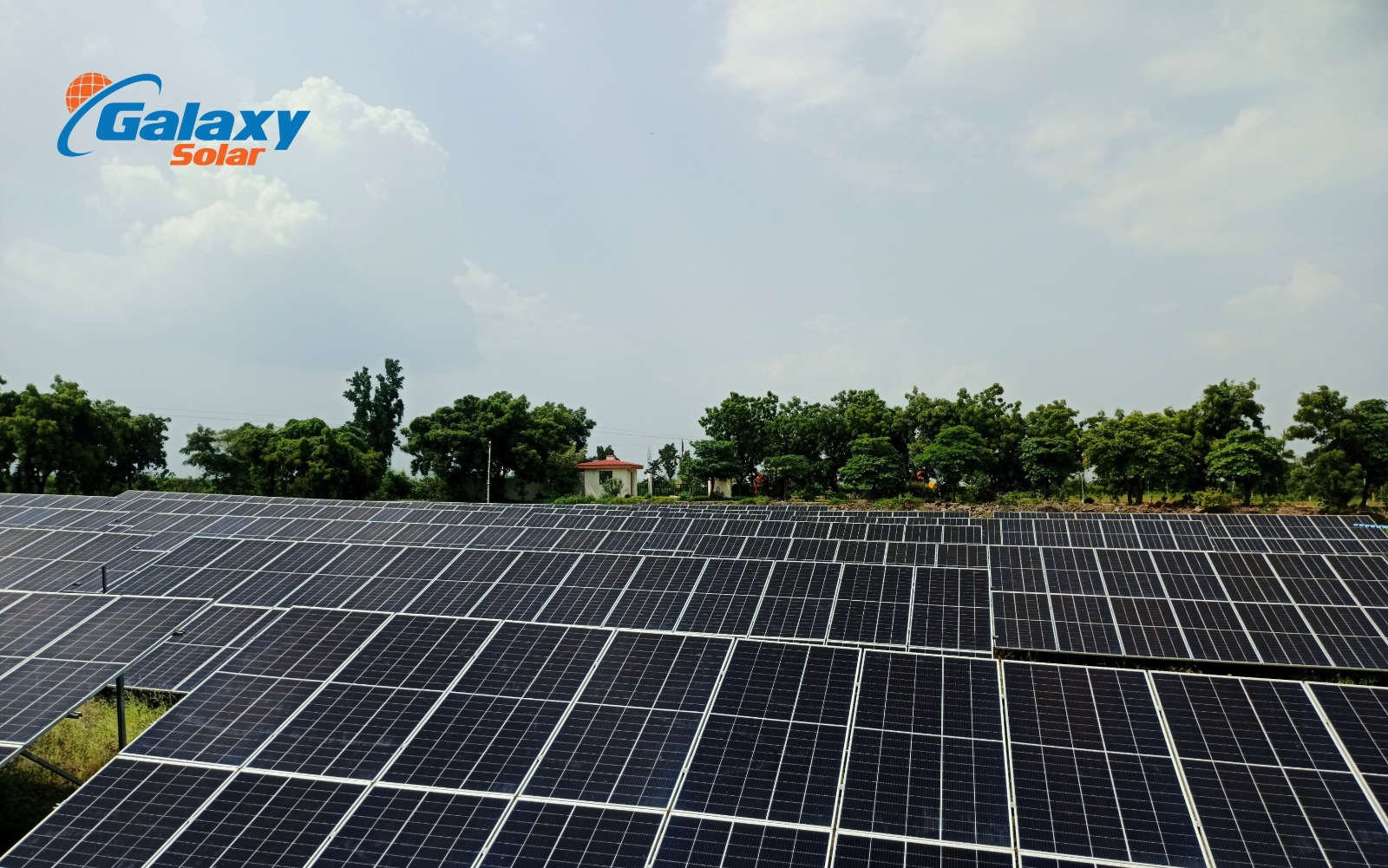Rice is a staple food for billions of people worldwide, and its cultivation and processing require significant amounts of energy. Traditional rice mills often rely on fossil fuels or conventional grid electricity, which can be expensive and harmful to the environment. However, there’s a sustainable alternative that’s gaining momentum: solar power. In this article, we’ll explore the numerous benefits of solar power plants for rice mills.
- Cost Savings:
One of the most significant advantages of solar power for rice mills is cost savings. Operating a rice mill is energy-intensive, with electricity being a major expense. By harnessing solar energy, rice mill owners can significantly reduce their electricity bills or eliminate them altogether. This translates into increased profitability and financial stability for the business.
- Energy Independence:
Solar power provides rice mill owners with a degree of energy independence. It reduces reliance on external energy providers and insulates them from fluctuating energy prices. This stability is especially crucial for rice mills in regions where power supply can be unreliable.
- Low Operating Costs:
Solar power plants have relatively low operating and maintenance costs compared to traditional power sources. Routine maintenance of solar panels is minimal, and they have a long lifespan, often exceeding 25 years. This means that once the initial investment is made, the ongoing costs are minimal, contributing to long-term savings.
- Environmental Benefits:
Rice mills powered by solar energy significantly reduce their carbon footprint. Traditional energy sources like coal or diesel generators emit greenhouse gases and contribute to air pollution. In contrast, solar power is clean, renewable, and emission-free, making it an eco friendly choice for rice mill operations.
- Government Incentives:
Many governments offer tax benefits to encourage the adoption of solar power. Rice mill owners may benefit from these programs, further enhancing the financial feasibility of installing solar power plants.
- Sustainable Branding:
Consumers are increasingly conscious of the environmental impact of the products they purchase. Rice mills powered by solar energy can use their green credentials as a marketing
advantage, appealing to eco-conscious consumers and potentially commanding premium prices for their products.
- Long-Term Investment:
Installing a solar power plant is a long-term investment that can increase the overall value of a rice mill. It not only enhances the mill’s operational efficiency but also adds to its sustainability and resilience in the face of energy price volatility.
- Community Benefits:
Beyond the benefits to the rice mill itself, solar power plants can bring positive changes to the local community. They create job opportunities during the installation and maintenance phases, contribute to cleaner air and water, and can serve as educational tools for sustainable energy practices.
In conclusion, solar power plants offer a myriad of benefits for rice mills, ranging from cost savings and environmental sustainability to improved rice quality and community development. As the world seeks cleaner and more sustainable energy solutions, the integration of solar power into rice milling operations not only makes economic sense but also aligns with global efforts to combat climate change and promote sustainable agriculture. Embracing solar power is not just an investment in the future of rice milling but also in the future of our planet.



